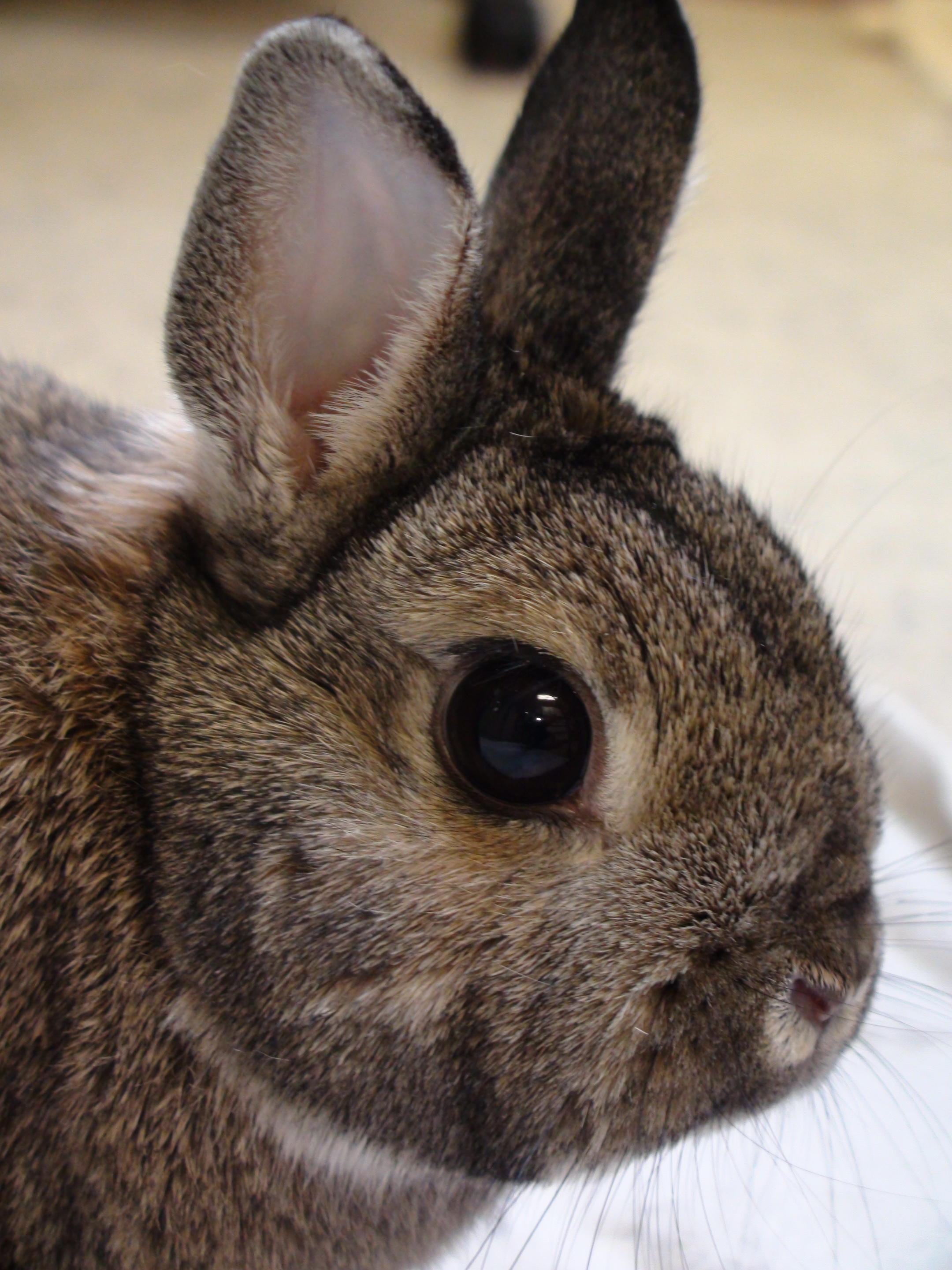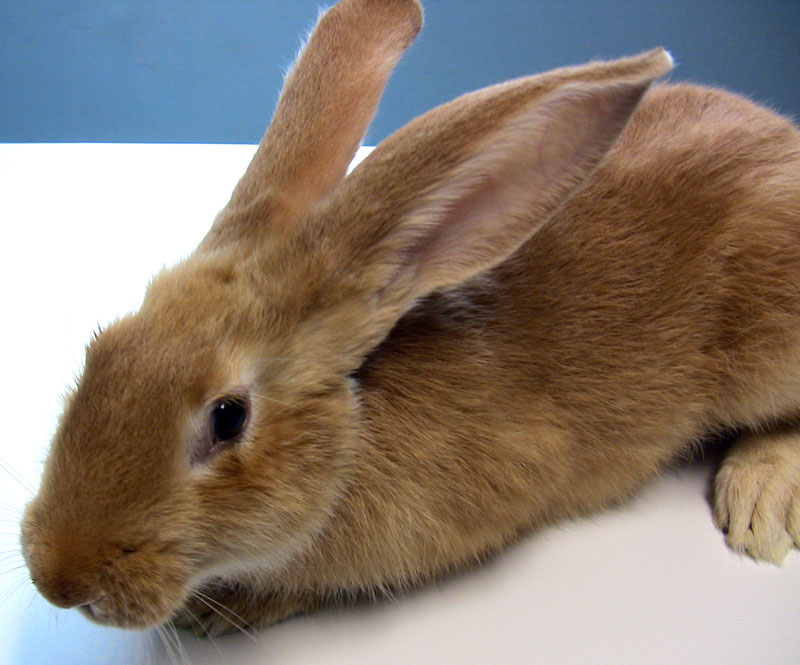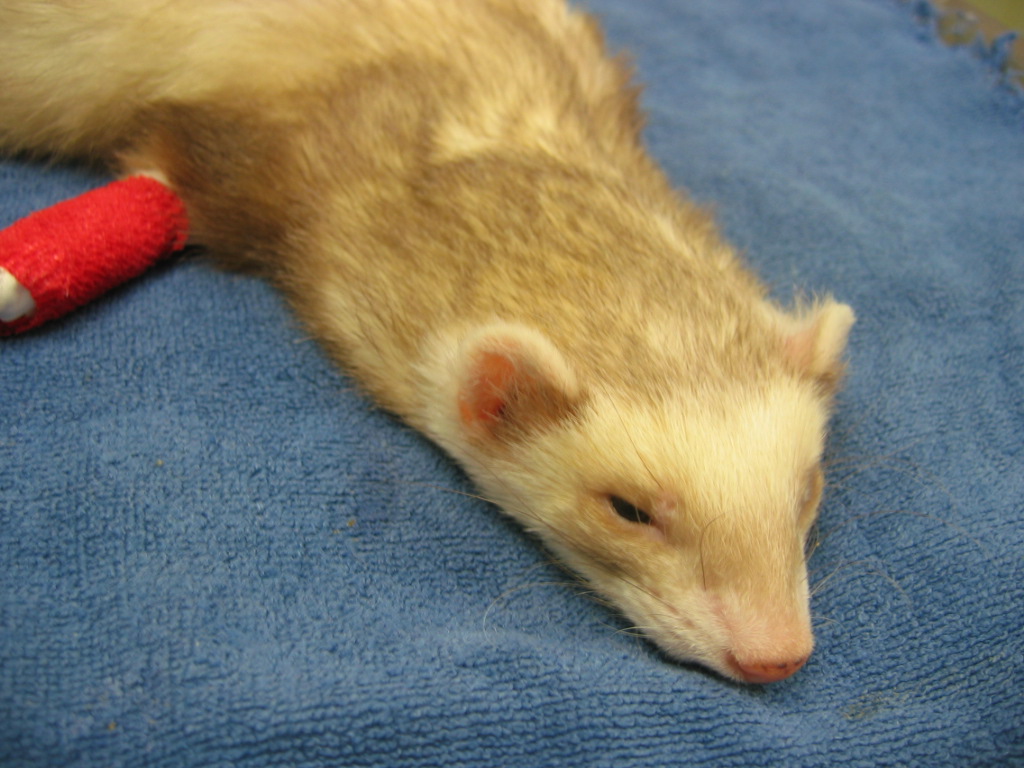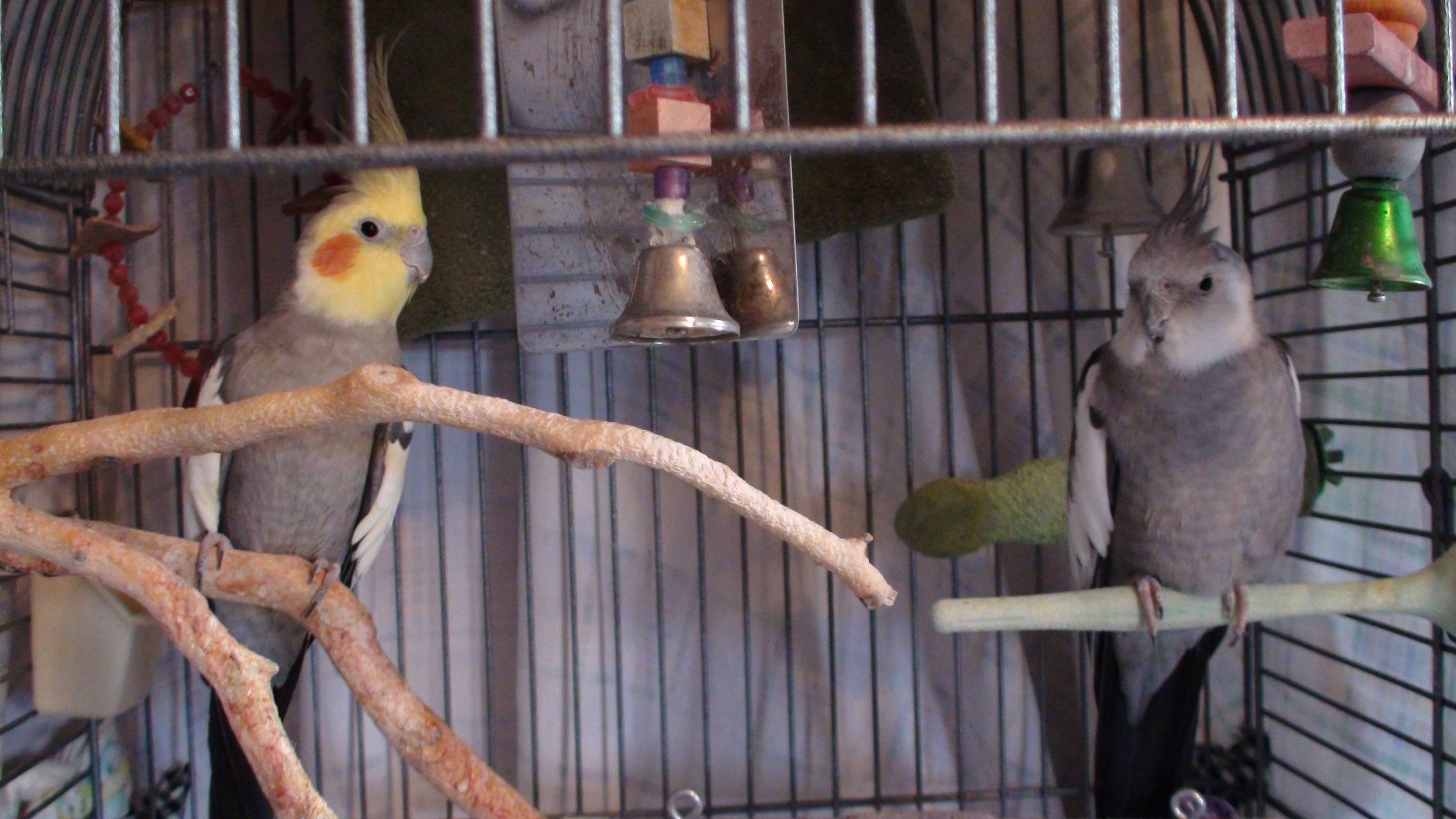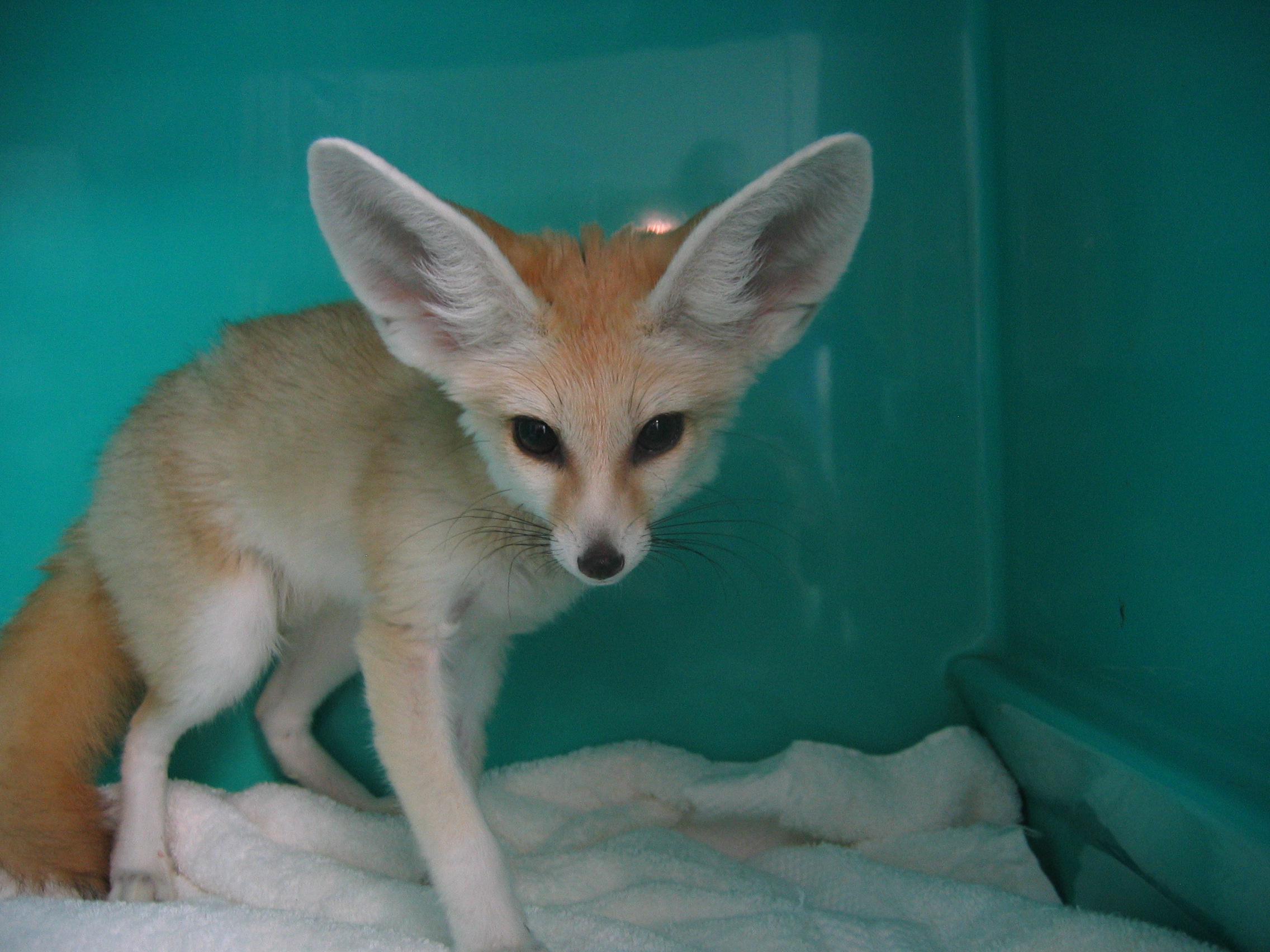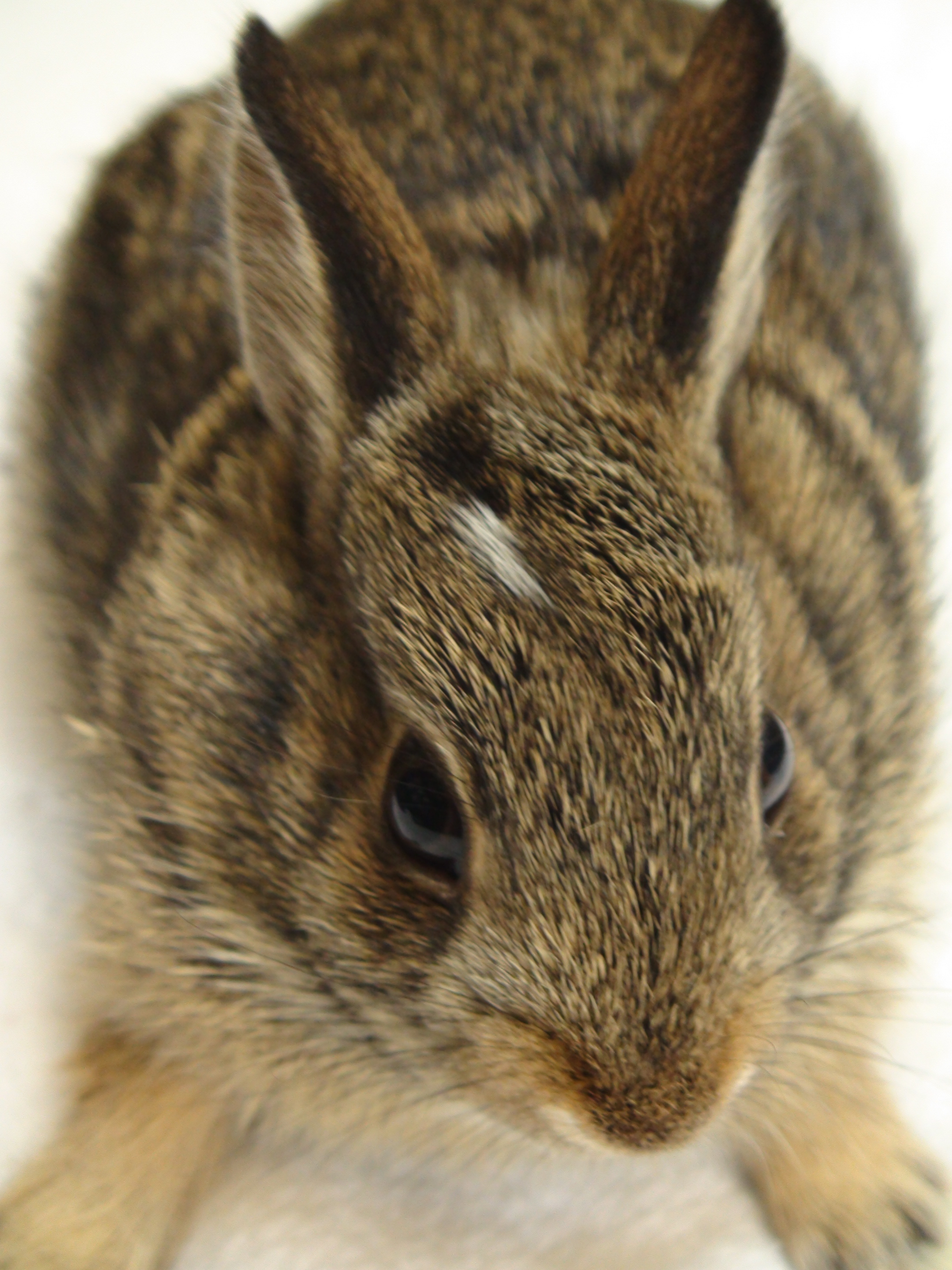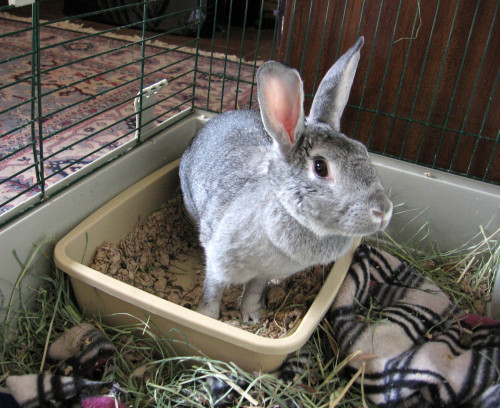 Meet Dr. Lindsey Woods, our newest addition! Dr. Woods started her year long internship on July 2nd and has already been a huge help. After her first week here with us, she agreed to sit down for a moment and answer some questions. Check it out!
How did you come to have an interest in exotic animal medicine?
Meet Dr. Lindsey Woods, our newest addition! Dr. Woods started her year long internship on July 2nd and has already been a huge help. After her first week here with us, she agreed to sit down for a moment and answer some questions. Check it out!
How did you come to have an interest in exotic animal medicine?
It all started at about age 5 when people would ask what I wanted to be when I grow up. I always replied that I wanted to become a tiger! As I grew older, I guess I finally came to the realization that I had to choose a different career path, and decided to be an exotic animal veterinarian instead. Slightly more attainable than becoming a tiger!
What are the biggest changes coming from Arkansas and Oklahoma to Indiana!
I expected the climate to be drastically cooler here in Indy, however that has not proven to be the case so far! Indianapolis is a very friendly place, and I really have enjoyed meeting people here. I guess the biggest change for me has been moving from a small town where I have 8 years worth of friends, to a huge city where I knew only one person at first. I’ve been here for about a week now, and I have already gotten to know so many new people! I’m very excited about the new friendships I will make here!
What do you like best about Indianapolis so far?
I have been fishing one time with a new friend of mine, and I was so impressed with how quickly and easily I can get away from the cars and the daily hustle, and almost instantly feel like I’m out in the wilderness. It’s less than ten minutes from my house to the great outdoors, and I absolutely love being able to go fishing right in the middle of this huge metropolitan area!
What are your first thoughts on your first week at the clinic (besides very busy!)
I absolutely love the atmosphere! It’s friendly, comfortable, professional, and VERY efficient! My biggest goal for myself in the next week or so is to get more familiar with where everything is, and how everything works so I can start to keep up with the fast pace and be more productive with our time!
What has been your most unusual or favorite case so far?
My very first day, I worked with my very first primate in private practice! I’ve cared for them multiple times in zoo settings, but a pet monkey is very different than a zoo monkey. I really enjoyed learning the dynamics of the pet/owner relationship from our client, and I’m excited to meet and interact with all the other unique pets I will see here!









